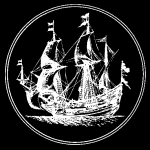
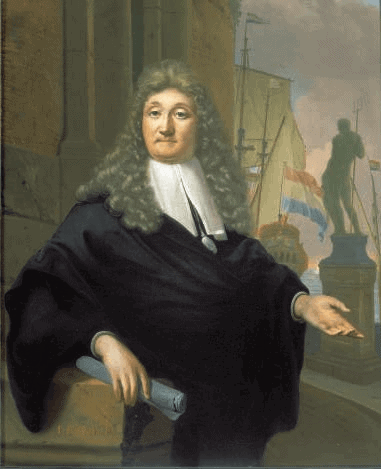
Self portrait, canvas 46 x 37.5 cm. Signed and dated; L. BAK.H.F 169(3) or 8.
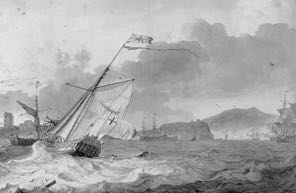
An English Royal Yacht and other ships off the coast of Plymouth, British Museum London.
(Emden 1630 – 1708 Amsterdam)
An English Royal Yacht and two Dutch frigates with a family of fisherfolk on a promontory
Oil on mahogany panel, 47.5 x 61.7 cm
Signed: L: BAKH
Dated: 1691
Provenance:
Netherlands, Hans Cramer, The Hague, private collection The Hague
Literature:
Dr. Gerlinde de Beer, Ludolf Backhuysen (1630-1708), Sein Leben und Werk, (Zwolle 2002), p. 125 with illustration.
In the 1690s Backhuysen painted a number of seascapes in which not only ships and the sea were portrayed but people were also prominent subjects who were generally placed in the foreground as a repoussoir. Our painting is a fine example of this. On the right we see a richly decorated yacht with a large flag on the stern recognisable as that of the English Royal Navy. This type of flag was in use between 1625 and 1707. The palisade and promontory show that the yacht is setting off to sea with the crew busy on deck preparing everything for the voyage. It is not entirely clear where this happened, but in the background we can see the row of dunes so characteristic of the Dutch coast. Of the two majestic frigates, the one on the left is at anchor with furled sails while that on the right is under full sail. The weather is changeable – clouds with the sun peeping through every now and then. In any event, good enough for the family sitting pleasurably together enjoying an al fresco meal and busily chatting together. The basket with the food is unguarded and the dog, unobserved, is trying his luck. Gerlinde de Beer calls our painting an important work by Backhuysen from this period. What is remarkable is that the painting was not done on an oak panel but on one made of mahogany, very unusual for the time. This smooth and hard type of wood has contributed to the fine state of preservation of the painting. The yacht figuring in our painting also occurs – but then in the Plymouth roads – in a fine drawing by Backhuysen dated 1679.
William III, King of England and Stadtholder of the Dutch Republic
In 1650, William was born to Stadtholder Willem II and Mary, the eldest daughter of Charles I of England. His father died young and William married his cousin, the English princess Mary Stuart. This was a good choice in view of European power
politics. But when his Catholic father-in-law ascended the throne of England as James II, William sounded the alarm. England asked him to assist in driving out James and William crossed the sea to England with a considerable army. The operation was successful, without a drop of blood being spilt, and since then has been known as the Glorious Revolution. James fled to France and William was greeted as a hero. He and Mary Stuart were jointly crowned King and Queen of England on 1st April 1689. William, however, also retained his position as Stadtholder of the Republic. War with England passed into history and the United Kingdom and the Republic became allies! In this period of peace and prosperity, Backhuysen created his painting of an English Royal Yacht and two Dutch frigates perhaps as a symbol of the new political unity.
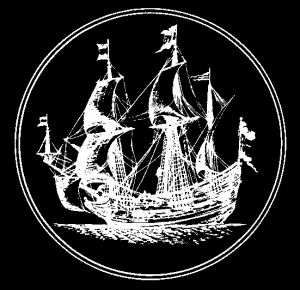
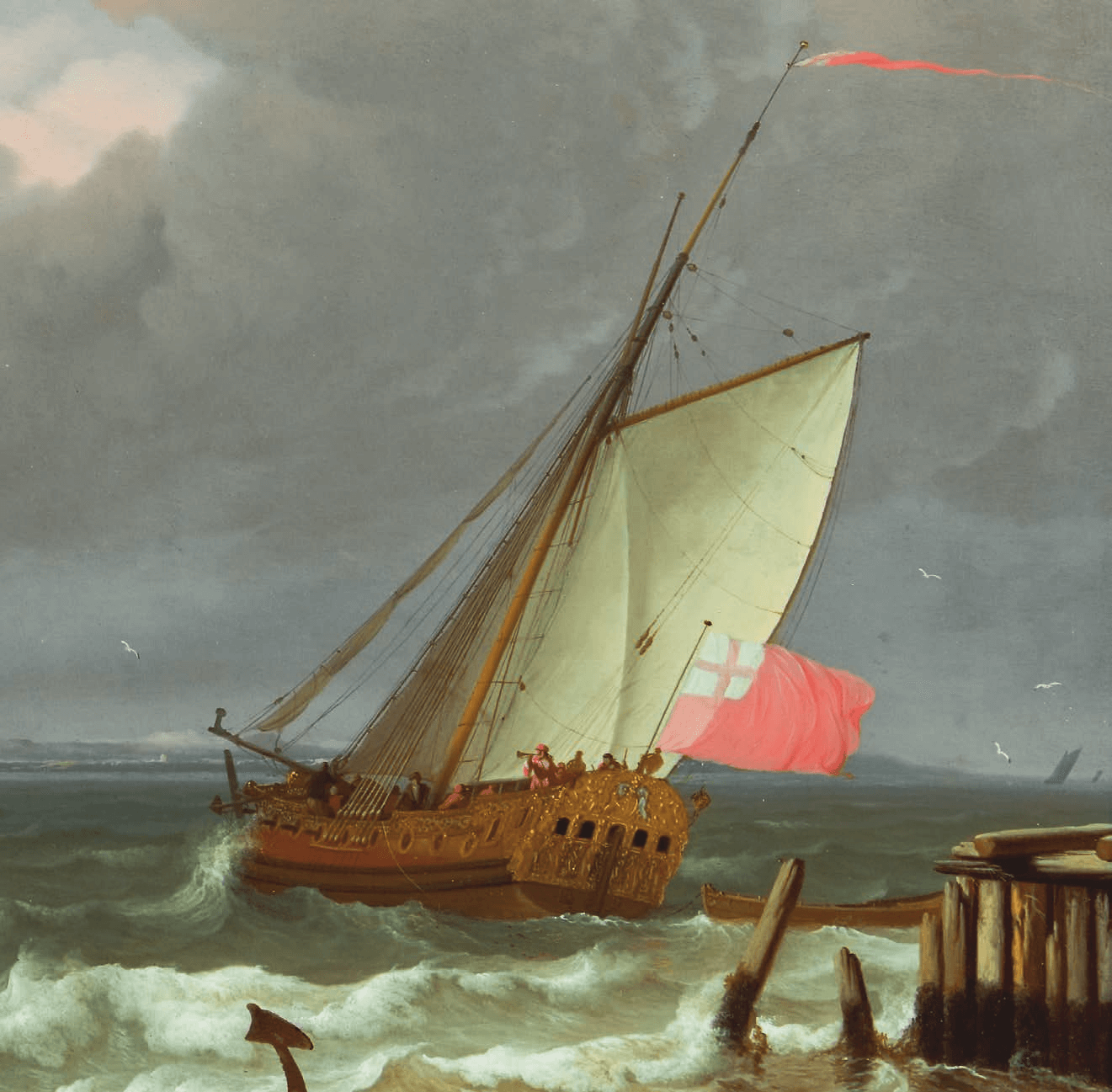
In 1689, Stadtholder Willem III was also crowned King of England
Our seafaring nations became allies
Ludolf Backhuysen pictures this alliance in this beautiful painting

© 2022 Rob Kattenburg
Website Mediya.nl